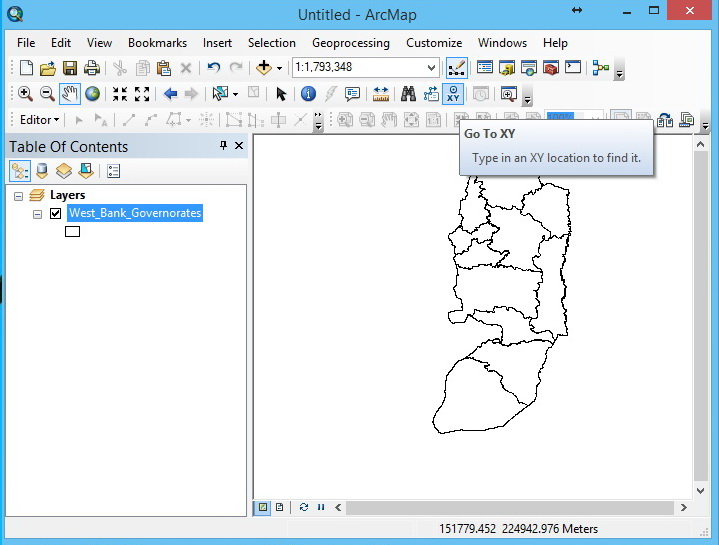
- Arcgis 10.3 python how to#
- Arcgis 10.3 python update#
- Arcgis 10.3 python pro#
Check out the community page for more tools Coming Soon. See how complex problems can be solved with R and ArcGIS in the Sample Tools, such as model-based clustering and combining parametric and non-parametric models with semiparametric regression. ( More about GitHub Issues)Īdditional resources and discussion at the R-ArcGIS project on GeoNet Still stuck? Add an issue and we'll take a look. 
Use this if you're planning on mostly working from R.
The release can be manually installed into R, as shown in this screencast. Without this hotfix, the library will generate the error "The procedure entry point AddDllDirectory could be located". On Windows 7, KB2533623 must be installed. If that doesn't work, the package directory, "arcgisbinding", that gets installed into the R folder (usually, C:\Users\Documents\R\win-library) into the requested place, C:\Program Files (x86)\ArcGIS\Desktop\Rintegration. Start ArcGIS as an administrator, by right clicking the icon, selecting 'Run as Administrator', then trying the script. Make sure that your user has administrator access, and try running ArcGIS as an Administrator:.  All prerequisites have been met, such as the right version of R for your platform, and a current release of ArcGIS. Run the installation procedure as listed above. Place the arcgisbinding_1.0.0.122.zip into the same directory as the "R Integration" Python toolbox. Copy both zip files onto the machine that you're targeting offline installation. As of writing, this is arcgisbinding_1.0.0.122.zip. download the latest version of the arcgisbinding package. From a machine that does have internet access:.
All prerequisites have been met, such as the right version of R for your platform, and a current release of ArcGIS. Run the installation procedure as listed above. Place the arcgisbinding_1.0.0.122.zip into the same directory as the "R Integration" Python toolbox. Copy both zip files onto the machine that you're targeting offline installation. As of writing, this is arcgisbinding_1.0.0.122.zip. download the latest version of the arcgisbinding package. From a machine that does have internet access:. Arcgis 10.3 python update#
Remember, you can update the package at any time by running the 'Update R bindings' script. If everything worked, you should be ready to start! See Next Steps for where to go from here. In the Project pane, either navigate to a folder connection containing the Python toolbox, or right click on Toolboxes > Add Toolbox and navigate to the location of the Python toolbox.You can then test that the bridge is able to see your R installation by running the Print R Version and R Installation Details tools, and running the included sample tools. Open the toolbox, which should look like this:.Note: You may have to first add a folder connection to the location that you extracted the files or downloaded via GitHub. In the Catalog window, navigate to the folder containing the Python Toolbox, R Integration.pyt.
Arcgis 10.3 python how to#
The clip below shows how to download, install and verify proper installation of the bridge: If you need to install offline, follow the offline installation instructions. NOTE: Background Geoprocessing only allows using the bridge from ArcGIS, not from within R itself.įirst, make sure you've installed an appropriate version of R, 3.5 or later. 64-bit version can be used with ArcGIS Pro, or with ArcMap by installing Background Geoprocessing and configuring scripts to run in the background.
Arcgis 10.3 python pro#
32-bit version required for ArcMap, 64-bit version required for ArcGIS Pro (Note: the installer installs both by default). R Statistical Computing Software, 3.5 or later ( What is R?). ArcGIS 10.3.1 or later or ArcGIS Pro 1.1 or later ( don't have it? try a 60 day trial). 
NOTE: If you encounter problems, please create an issue so that we can take a look. Install and update the R-ArcGIS bridge with this Python toolbox.







 0 kommentar(er)
0 kommentar(er)
